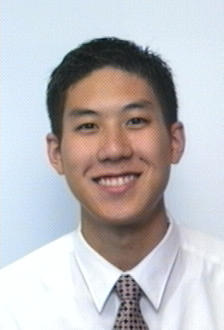Warning: Science Content!
For those of you who are not familiar with my research (which most likely includes everybody), perhaps I should explain the basis of my research:
Myometrium, the smooth muscle portion of the uterus, is responsible for the contractions during labor and delivery that result in childbirth. It is active only for a short time at the end of gestation and must remain in a relaxed (or quiescent) state for most of pregnancy.
A number of factors are able to affect the contractility of myometrium and consequently, control the timing and progression of labor. One of these factors is the access the myometrium has to oxygen. When we expose pregnant animals to low oxygen conditions, e.g. high altitude, we expect that the stress of long-term hypoxia (LTH) would cause the animals to be more prone to preterm labor. However, this is not the case. For instance, LTH can delay parturition (delivery) in rats for up to 1.5 days, significant when your pregnancy only lasts 21 days. Also, our lab has found that sheep exhibit reduced myometrial function when exposed to LTH. This seems to be an adaptation that decreases the likelihood of preterm birth.
In fact, my work has discovered two adaptations within the myometrial cell. First, calcium, which directly triggers contractions, is handled differently. We have found that the cell shifts its dependence from intracellular stores of calcium (in the sarcoplasmic reticulum) to extracellular stores (through L-type calcium channels). You can read more about it here.
We have also found that potassium channels, which dampen the excitability of the cell membrane, are altered. The activity of a key potassium channel called the BK channel is elevated. We are currently measuring the protein levels of this channel in the myometrium.We have also examined levels of another protein, called protein kinase G, that may potentially link these cellular pathways together.
Perhaps the greatest lesson that I will take away from my time in research is a deeper appreciation for the divine Author who designed these physiological systems. As I have studied physiology (the study of organismal function, as one of my professors defines it), I never cease to be amazed at the incredible complexity yet simple beauty of the Creator's handiwork. Although many of my professors believe in evolution, my research has actually strengthened my belief in a Creator God.
I will praise thee; for I am fearfully and wonderfully made: marvellous are thy works; and that my soul knoweth right well. Psalms 139:14It is my hope and prayer that my PhD will enable me to bring glory to my Creator (Rev 14:7) and hasten His soon return to make all things new (Rev 21:5).

